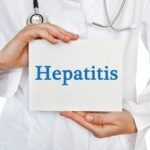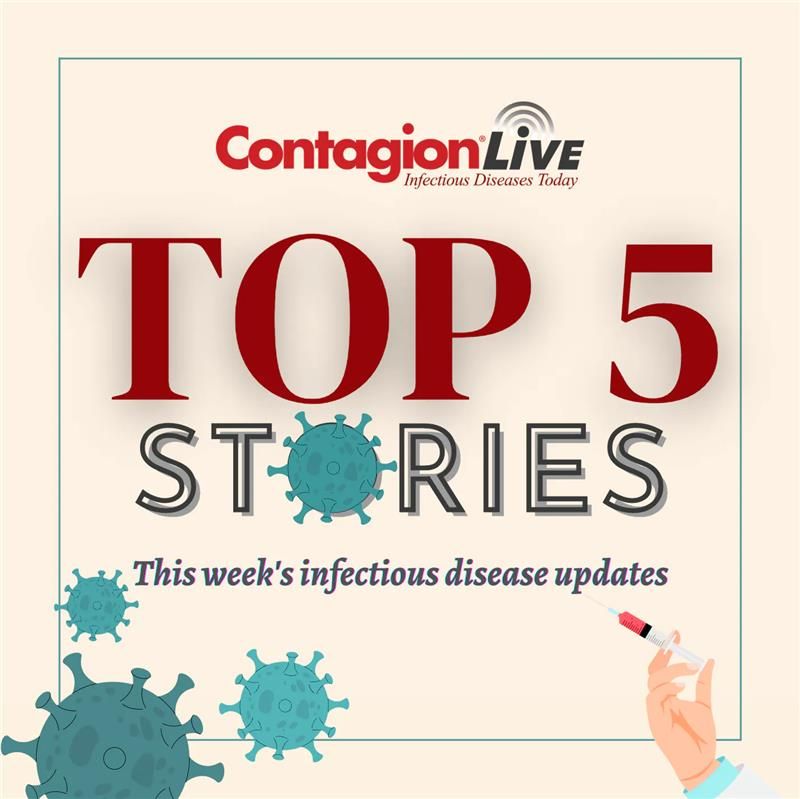Multiple myeloma can be a deadly disease. But if you’re Black or African American, you’re particularly vulnerable. Research shows you’re more than twice as likely to be diagnosed with this blood cancer and to die from it.
There are several reasons for this, but one concern is that Black people aren’t adequately represented in clinical trials. These are research studies that use humans to find out how safe and effective an experimental treatment is.
While Black people make up a fifth of everyone diagnosed with multiple myeloma, between 2003 and 2017 only 4.5 percent of people in drug trials for multiple myeloma were Black. But it’s important that they be represented to better understand how they may be affected, says Nicole Gormley, MD, director of the FDA’s Division of Hematologic Malignancies 2. She co-authored a research paper on the topic.
“At the FDA, we use the information learned from clinical trials to understand the safety and efficacy of drugs proposed to treat multiple myeloma,” says Gormley. “Diversity in clinical trials is needed so that we know the activity and side effects of these products in all patients that may ultimately receive the drug.”
There are several reasons why Black people are less likely to be enrolled in clinical trials, says Anne Quinn Young, MPH, chief mission officer of the Multiple Myeloma Research Foundation. They include:
Lack of information. Doctors play a big role when it comes to enrollment in clinical trials. Yet past research has found that most Black female cancer patients, for example, say that their doctors have never talked to them about possibly participating in a clinical trial.
“There’s a lot of implicit bias out there, which means physicians have a lot of stereotypes or assumptions about their African American patients that they don’t even realize,” says Young. One common one is that Black people will be less compliant with a study because of difficulties such as arranging transportation or health care.
Distrust of the medical system. In the past, Black people have been enrolled in clinical trials without their consent. An example is the infamous Tuskegee Syphilis Study, where patients weren’t offered available treatments. “As an African American physician, I understand the hesitancy to participate in clinical trials based on historical injustices,” says Gormley. “But clinical trials often present patients the best opportunity to receive cutting-edge therapy and advanced clinical care.”
Financial barriers. Research shows that people who live in households that make less than $50,000 a year are 27 percent less likely to participate in clinical trials. The median household income for Black households is about $40,000. Some treatments require you to take 2 weeks to a month off of work, says Quinn. Other experimental treatments may require you to spend 48-72 hours in the hospital. That’s simply not possible for some people, says Quinn, especially since days off work and childcare aren’t covered by clinical trials. In addition, some patients may struggle with getting to enrollment locations for clinical trials, says Gormley.
Strict inclusion criteria. One study of 235 African American cancer patients found that less than 10 percent were eligible, with most patients excluded for co-existing diseases such as respiratory failure, HIV, or anemia. “There are also differences in lab values such as hemoglobin. African Americans tend to have lower values than (whites),’ says Quinn. As a result, they may be excluded from a trial simply because of normal laboratory differences due to race.
In April 2022, the FDA issued a new draft guidance to drug developers on ways to develop plans that will include more minority participants in clinical trials.
“Addressing this issue will require a concerted effort from the entire community: physicians, industry, academia, patient advocacy groups, and regulatory agencies,” says Gormley.
Some ways include:
Broaden eligibility criteria. Some studies automatically reject patients who have conditions such as high blood pressure and kidney disease. But Black people are more likely to have these diseases. If restrictions are relaxed, researchers can collect more data in certain racial and ethnic groups.
Require diversity study plans. This would mean trial sponsors must complete a plan that sets targets to enroll a diverse set of patients. If it’s not possible to do this during a trial, then they should plan to meet that target after the drug gets FDA approval.
Appoint diversity officers. They can assist with trial design to ensure it includes disease subtypes and features most commonly seen in Black people, as well as recruitment. “It helps ensure a continued focus on diverse representation in clinical trials,” says Gormley.
Tap into community-based medical centers. Clinical trials often take place in large research and academic centers in major cities. Yet 70-80 percent of African Americans get their care locally in their community, says Quinn. “The Multiple Myeloma Research Foundation has tried to reach out to these patients directly, through a research study known as CureCloud, to encourage them to enroll in clinical trials, and we’ve found it doesn’t work,” says Quinn. “In order to convince them, we need the help of their physicians.”
Provide financial help. Groups like the Multiple Myeloma Research Foundation have started initiatives to ensure that funds are available for things like childcare, transportation, and missed work so that they aren’t barriers to participation, says Quinn.
Study specific features of multiple myeloma unique to African Americans. A landmark study done by the Multiple Myeloma Research Foundation known as the CoMMpass Study found that there are important differences in key cancer genes in African Americans with multiple myeloma. Certain genetic defects, for example, appear to explain why the disease is more common in African Americans. These genetic differences need to be acknowledged and addressed during trials, says Gormley.









I don’t think the title of your article matches the content lol. Just kidding, mainly because I had some doubts after reading the article.